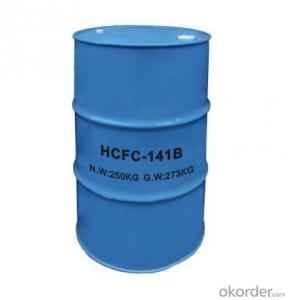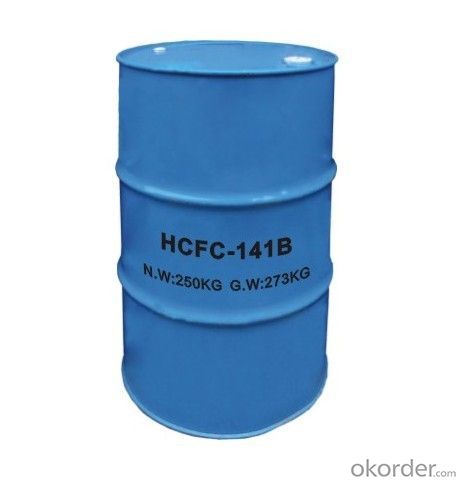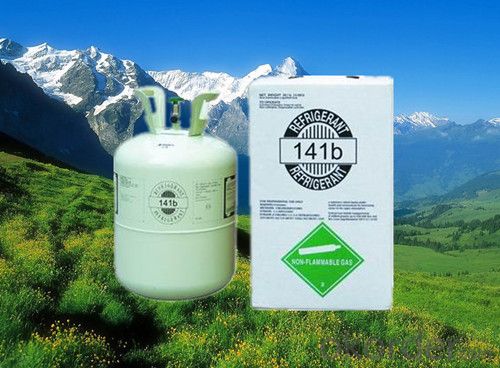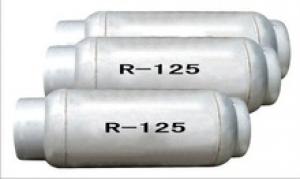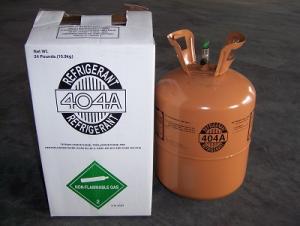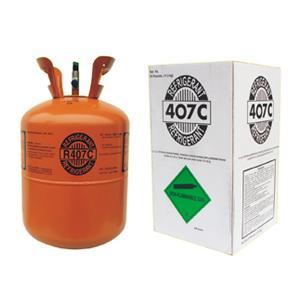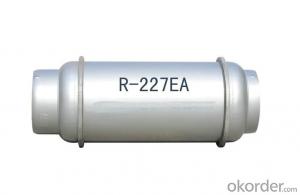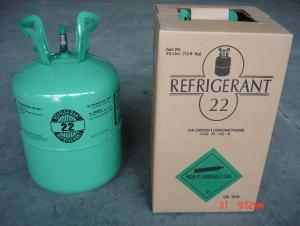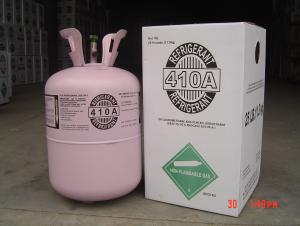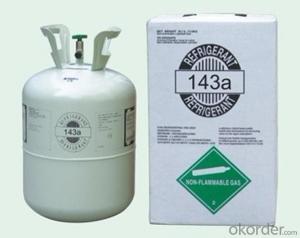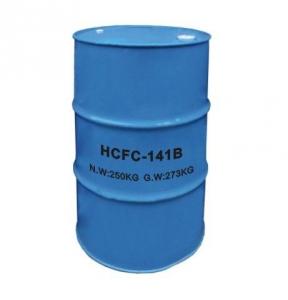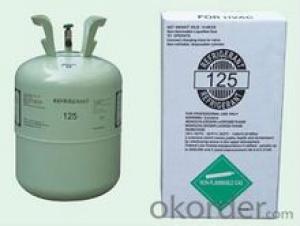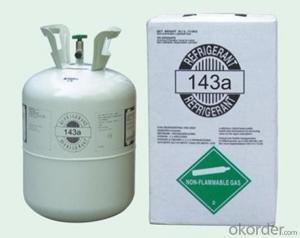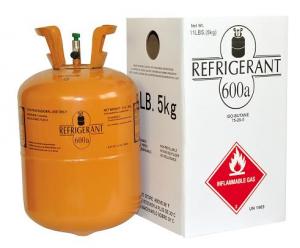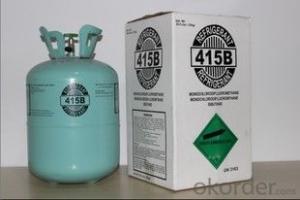R141b in Disposable Cyl
- Loading Port:
- Shanghai
- Payment Terms:
- TT OR LC
- Min Order Qty:
- -
- Supply Capability:
- 10000MT m.t./month
OKorder Service Pledge
OKorder Financial Service
You Might Also Like
Specifications
Good Quallity;
Competitive Price;
Cleaning Agent;
Foaming Agent
Dichlofluoroethane(R141b)
R141b (HCFC-141b) is the leading substitute blowing agent for CFC-11 in rigid foam insulation materials which are widely used for residential and public constructions, home applications and transport vehicles.
Properties:
Index | Unit | R141b |
Chemical formula |
| CH3CCl2F |
Molecular weight | g/mol | 117.0 |
Boiling Point 101.3 KPa(°C) | °C | 32.1 |
Freezing Point 101.3 KPa(°C) | °C | -103.5 |
Critical Pressure | KPa | 4640.2 |
Critical Temperature (°C) | °C | 210.2 |
Saturated liquid density (25°C) | Kg/m3 | 1227 |
Specific heat (25°Cliquid) | KJ/kg·k | 1.17 |
ODP |
| 0.11 |
GWP |
| 0.09 |
Quality Specification:
Index | Quality Performance |
Appearance | Bright & Clear Liquid |
Odor | No strange stench |
Purity %≥ | 99.9% |
Moisture %≤ | 0.005 |
Acidity(as HCL) %≤ | 0.00001 |
Evaporation residue %≤ | 0.01 |
Chlorides(Cl-) test %≤ | 0.0003 |
R141b Packing: 13.6kg/30lb; 30kg, 250kg drum.
- Q: Ionic compounds, covalent compounds, electrolytes, non-electrolytes, which are both compounds and inorganic compounds
- The covalent compound is a compound molecule composed of a common electron pair between atoms. When two nonmetallic elements (or inactive metal and nonmetallic elements) are combined, one or more electrons are formed between the atoms, and the electron pair is attracted by two nuclei, and the two atoms are common , So that two atoms form compound molecules. For example, hydrogen chloride is a hydrogen atom and chlorine atoms each with the outermost layer of electrons to form a common pair of compounds composed of compounds. Non-metallic hydrides (such as HCl, H2O, NH3, etc.), non-metallic oxides (such as CO2, SO3, etc.), anhydrous acids (such as H2SO4, HNO3, etc.), most organic compounds (such as methane, Are covalent compounds. Most covalent compounds in the soli
- Q: Is carbon monoxide an organic gas?
- Carbon dioxide is highly toxic. It is a strong ability to combine blood hemoglobin, which leads to cell hypoxia and suffocation. At present, if the trace carbon monoxide environment work, do not wear a gas mask and other necessary, it is recommended to eat more iron and calcium foods to reduce the harm to the body.
- Q: Compare the difference between London smoke and Los Angeles photochemical smog
- Los Angeles photochemical smog nitrogen content and hydrocarbons and derivatives more, mainly close to the car exhaust. Foggy London situation related to coal, soot solid particles and sulfur oxide more. Foggy London is more bleak, and Los Angeles is more toxic.
- Q: The functional group of the derivative of the hydrocarbon
- Common functional groups are: carbon-carbon double bond, -OH-COOH-CHO-NH2, often react, replace (including halogenation, nitration, sulfonation, esterification, hydrolysis, etc.), addition, elimination, addition polymerization , Organic matter oxidation and reduction, color and so on.
- Q: Such as the problem, and how, how to squeeze methane into liquid, or how to squeeze into the liquid gas? It is still very difficult ... there is a dangerous thing .... (this is not important) high reward
- 1. A hydrocarbon containing five to eight carbons 2. Not, it is an oxygen-containing derivative of a hydrocarbon 3. A hydrocarbon and a halogenated hydrocarbon (unsaturated) polymer, an alcohol, a phenol and
- Q: What is the proportion of hydrocarbons synthesized by Fischer-Tropsch Synthese in liquid fuels consumed by Nazi Germany? What are the proportions of these hydrocarbons as an industrial raw material into their military industry, in addition to fuel? At that time, did the Fischer-Tropsch preparations occupy an important position in Nazi Germany's military industry or heavy industry?
- Now, the improved economic benefits of FT still limit its further development. Some of the enterprises' coal indirect liquefaction projects have been terminated (for example, Shenhua Group), coupled with the impact of breakthrough development of shale oil technology, the development prospect of coal indirect liquefaction not optimistic.
- Q: The role of aromatic hydrocarbons
- Aromatic compounds, historically, refer to a class of aromatic scent made from plant gums, but most of the currently known aromatic compounds contain no fragrance, so the word aromatic has been lost [1] The aromatic compounds are the general term for the carbocyclic compounds and their derivatives that conform to the Hockel rules, and their molecules have closed cyclic conjugated systems in their molecules; Π electrons meet 4n + 2, and the height is delimited; the bond length is averaged.Therefore, the compounds have a high degree of unsaturation, but the properties are relatively stable, such as easy to replace, and difficult to add and oxidation. This part focuses on the structure, naming, chemical properties, localization effects and application of aromatics in organic synthesis. [2]
- Q: Sodium can be used to identify derivatives of hydrocarbons
- A compound in which a hydroxyl group is directly attached to a carbon atom in a hydrocarbon group or a benzene ring side chain is called an alcohol.
- Q: Is the system name of a hydrocarbon derivative named if the question can be named according to the nomenclature of the alkane?
- Halogen can be named after the alkane, the other can not
- Q: Other corals are because the color of the corals show colorful, why only the red coral is the exception of it? did not find the reasons for the big god to explain
- Red coral is not absorbed red, so it looks red.
Send your message to us
R141b in Disposable Cyl
- Loading Port:
- Shanghai
- Payment Terms:
- TT OR LC
- Min Order Qty:
- -
- Supply Capability:
- 10000MT m.t./month
OKorder Service Pledge
OKorder Financial Service
Similar products
Hot products
Hot Searches
Related keywords
